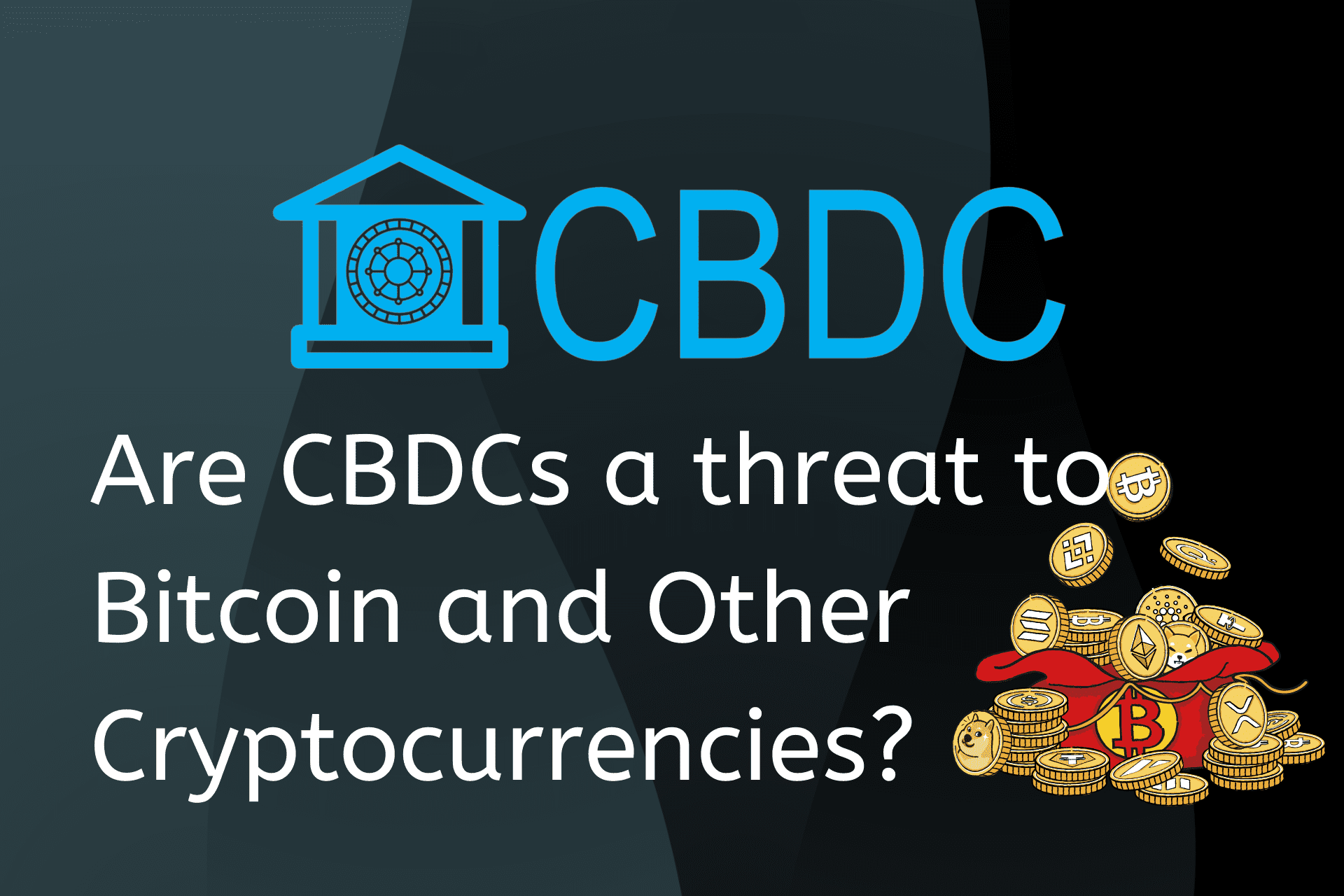Cbdcs A Threat Or An Opportunity For Crypto Markets
In the ever-evolving world of cryptocurrency, a new acronym has been making waves – CBDCs or Central Bank Digital Currencies. As governments around the globe begin to experiment with their own digital currencies, many are left wondering: will CBDCs pose a threat to the crypto market or will they bring new opportunities to the table?

- Revolutionizing Global Trade How Blockchain Is Transforming Supply Chain Management
- What Is A Smart Contract And How Can It Be Used
- The Rise Of Crypto Wallets: Protecting Your Digital Fortune
- Ensuring Security And Trust In The World Of DeFi: The Crucial Role Of Smart Contract Audits
- Breaking Down Borders: A Step-by-Step Guide To Using Crypto For Seamless Cross-Border Payments
To understand the implications of CBDCs on crypto, we need to take a step back and understand what they are. CBDCs are digital currencies issued by a central bank, typically the same entity responsible for a country’s fiat currency. They’re not decentralized like cryptocurrencies, but rather, they’re a digital representation of a country’s traditional currency.
One of the primary concerns surrounding CBDCs is that they might directly compete with cryptocurrencies. After all, if a government-backed digital currency is available, will people still want to invest in decentralized coins like Bitcoin or Ethereum? There are a few reasons why this might not be the case.
For one, CBDCs and cryptocurrencies serve different purposes. CBDCs are designed to be used as a digital version of a country’s traditional currency, for everyday transactions like buying groceries or paying rent. Cryptocurrencies, on the other hand, are often seen as investment vehicles or as a store of value, much like gold.
Another reason why CBDCs won’t necessarily replace cryptocurrencies is that they lack one of the key features that make cryptocurrencies so appealing: decentralization. People invest in cryptocurrencies because they’re drawn to the idea of a financial system that’s not controlled by any single entity. CBDCs, by their very nature, are centralized, which might make them less appealing to those who value decentralization.
That being said, CBDCs do pose a threat to certain aspects of the crypto market. For instance, the rise of CBDCs might lead to increased regulation in the crypto space, as governments look to establish clear guidelines for the use of both CBDCs and cryptocurrencies. This increased regulation could lead to a decrease in the anonymity associated with crypto transactions, which might deter some investors.
However, this isn’t necessarily a bad thing. In fact, increased regulation could bring about a new era of legitimacy to the crypto market. With clear guidelines in place, investors might feel more confident investing in cryptocurrencies, which could lead to increased adoption.
CBDCs also present a host of new opportunities for the crypto market. For instance, they could lead to increased collaboration between governments and the private sector, driving innovation in the space. CBDCs might also pave the way for the development of central bank-issued stablecoins, which could lead to a new wave of adoption for cryptocurrencies.
In conclusion, while CBDCs do pose a few threats to the crypto market, they also bring about new opportunities for growth and development. As the crypto space continues to evolve, it’s likely that we’ll see a blend of both CBDCs and cryptocurrencies coexisting and complementing one another. The future of crypto is far from certain, but one thing’s for sure – it’s going to be an exciting ride.
